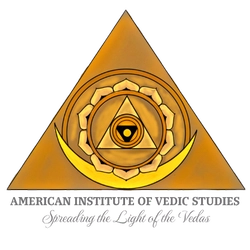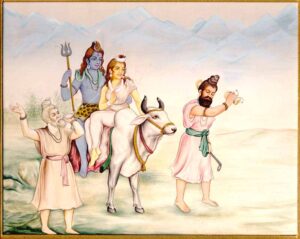The following article by Dr David Frawley was first published by DailyO.
We certainly need more light in the world today.
As we honour the summer solstice with global festivals of light, along with International Yoga Day and yoga celebrations throughout the world, we should remember the importance of the sun in India’s yogic traditions.
In Vedic thought, the sun or surya represents the supreme form of divinity, the veritable face of God, the presence of divinity in manifestation. The sun is lauded as the eye of the gods, spreading light and vision throughout the cosmos.
This is not just primitive sun worship. The Vedas equate surya and atman, the sun with the cosmic self. The Isha Upanishad asks us to realise our inner identity with the Purusha in the sun as So’ham.
The great mantra Om is the sound of the sun as it moves in the sky. Vedic mantras, extending to 8,64,000 syllables, are said to reside in the rays of the sun. The most commonly chanted Vedic mantra, the Gayatri, is offered to the solar godhead for inspiration and enlightenment.
Solar aspect of Hindu deities
Yoga itself is said to be a gift of the sun to human beings, from whose power our inner consciousness and intelligence arises. The original founder of Yoga Darshana among the Vedic schools of philosophy is Hiranyagarbha, the golden embryo, which represents the sun, who passes on his teachings to the Rishi Vasishta.
Great Hindu avatars are identified with the sun. Sri Krishna states that he taught the original Yoga to Vivaswan, another form of the sun god. Sri Rama is related to the sun and the solar dynasty.
Lord Brahma represents the sun in its creative role, which he accomplishes through Vedic mantras. Lord Vishnu is the sun in his role as preserving the cosmic order. Vishnu is called Surya Narayana, the sun as the cosmic person who dwells on the cosmic waters of space.
Lord Shiva, who is said to be of the nature of light, is identified with the sun as the solar power of dissolution, which is also the power of transformation and transcendence that takes us to moksha, liberation from all bondage and sorrow. Buddhists honour the Sun Buddha with fire offerings and meditations.
Accessing the inner power of the sun
The sun represents the prana, not simply as the breath, but as the immortal cosmic life force. The Upanishads tell us that our own prana is our inner sun and the movements of our individual prana are measured by the movements of the outer sun in the sky.
Yet how many of us are aware of the yogic power of the sun? Yoga’s sun salutation helps us recognise it, but it is part of the whole of yoga. We should honour the sun each day, not only as it rises at dawn, but its presence within us reflects the boundless light and life of our true self.
The universal solar religion of light and enlightenment
The sun we see in the sky is the same light of consciousness and immortal life that dwells within our own hearts. This Vedic vision is reflected in the solar religions that permeated the ancient world. We find similar solar symbols in the Mayas and Incas of the Americas, in the ancient Greeks and Romans and Celts of Europe, in the Egyptians and Babylonians, extending to the Persians, Chinese, Japanese and Pacific Islanders.
The sun reflects our natural and eternal religion of light. It shows us that inner light is supreme over all. Yoga teaches us how to use solar energy outwardly and inwardly, through prana and consciousness, to create healing for body and mind, and to discover the universal presence, power and peace within us.
We certainly need more light in the world today. That universal light is always there, rising and setting every day, but also vibrating in every movement of our thought and breath. We must create a receptivity to allow the higher light to enter into us and remove the darkness inherent in our human limitations. What better time than now.
Om hreem suryaya namah!







